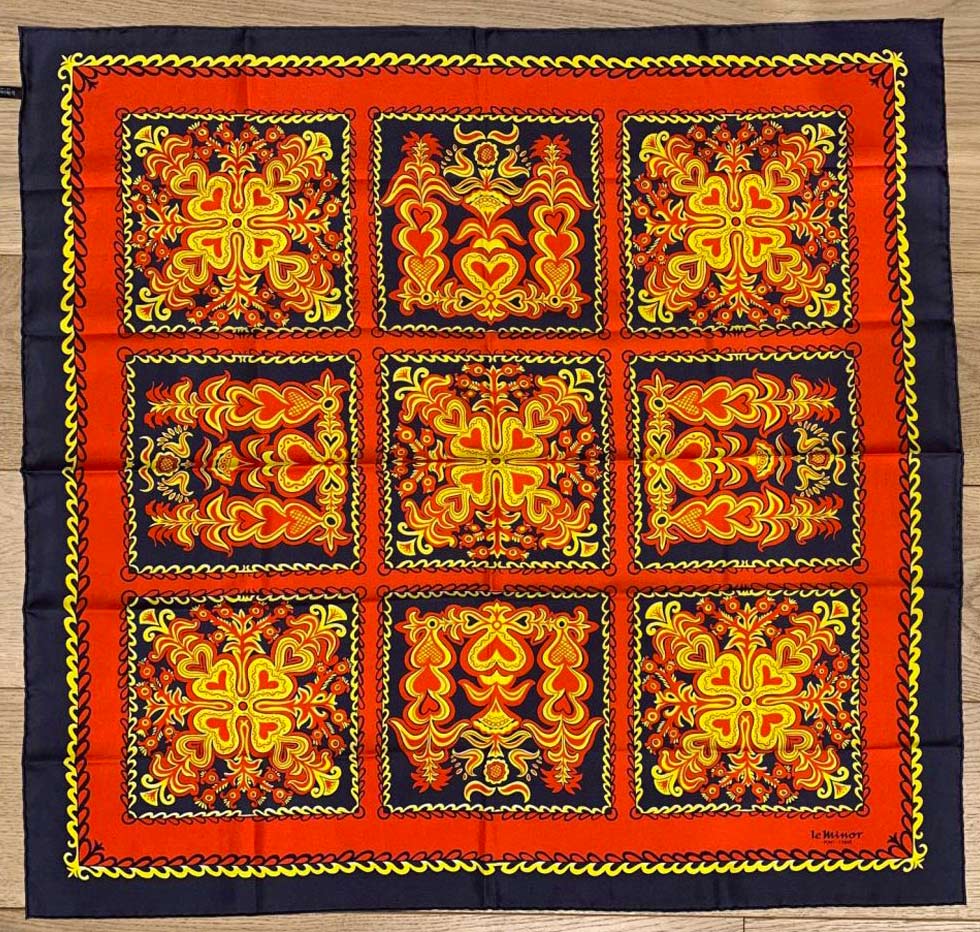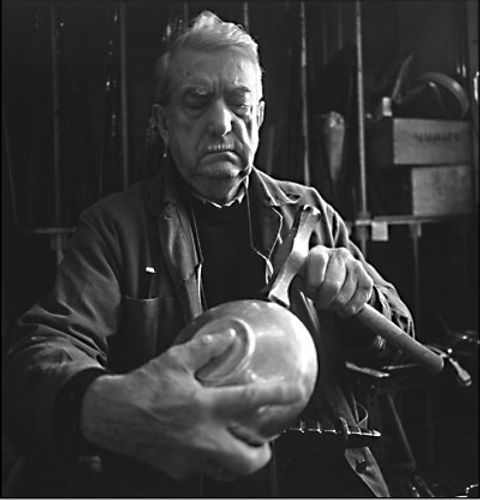
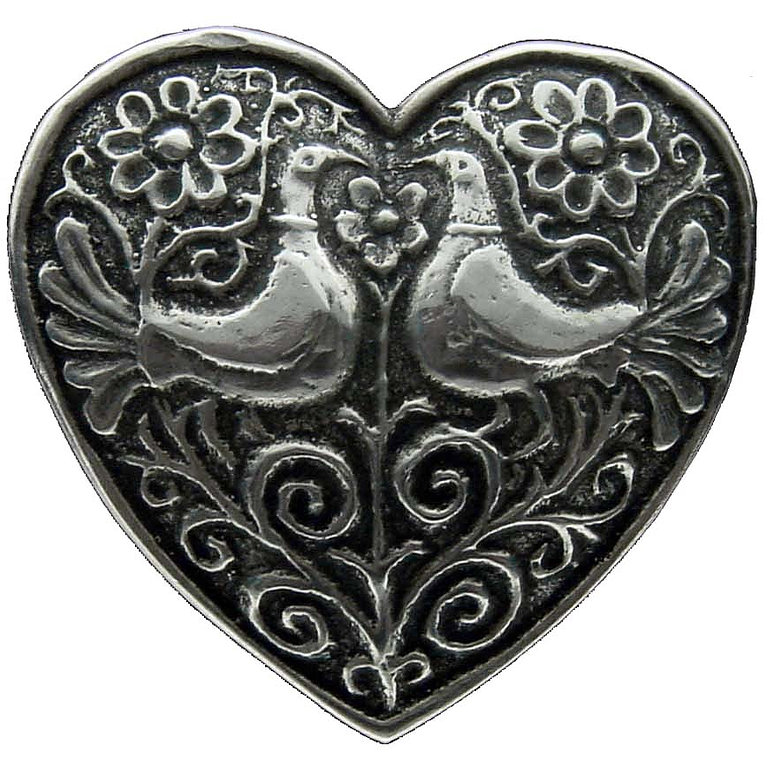
PIERRE TOULHOAT
Among all of the artists who at one time or another have collaborated with the Maison Le Minor, Pierre Toulhoat holds a special place. Indeed, he is the artist with the longest collaboration with the Maison, over the years supplying a huge number of models in the most disparate domains.
Born in Quimper, Toulhoat also studied there at the Likès college. The war years saw him teaching English, being a draughtsman for the Ponts-et-Chaussées Engineering Grande Ecole, but also participating in the liberation of Quimper and the Crozon peninsula with the 6th company of the FFI Batallion, (supporters of the General de Gaulle) was a scout and a fellow- traveller of the "Bleun Brug", two movements which were to provide him with fruitful encounters. In 1946, after a short spell as a journalist, he began to work with stained glass, and faience (with the maison Kéraluc, which had just been founded by Victor Lucas. In 1947 he left to continue his artistic training in Paris, receiving his diploma in the decorative arts (sculpture) in 1951. He then returned to Quimper to teach ceramic art and sculpture at the École des Beaux-Arts of Quimper. He married Yvonne Lucas in 1952.
His meeting with Marie-Anne Le Minor dates from just after the war, when the young artist from Quimper was still a student at the École des Arts Décoratifs in Paris and one of the team of young artists recruited by Victor Lucas to provide designs for the Keraluc pottery.
Pierre Toulhoat is a "glazik", (that is, from Quimper and its surroundings), a great connoisseur of traditional Breton art, with the enquiring mind of one interested both in the arts and in their techniques.
Toulhoat's collaboration with the Maison LE MINOR dates from 1948 with the creation of the Penmarc’h scarf, in which individual Bigouden motifs are reworked by him into an original design. Produced in a range of different colours, it was quickly adopted by the women of the Bigouden for many of whom in the post-war years the traditional Breton head-dress and costume were still their daily attire. Penmarc’h even became an element of their costume. Over the years, he would be responsible for over a dozen scarf-designs for LE MINOR. A certain number of these (such as 'Bois d'Amour') would also appear as table-linen.

PIERRE TOULHOAT
Among all of the artists who at one time or another have collaborated with the Maison Le Minor, Pierre Toulhoat holds a special place. Indeed, he is the artist with the longest collaboration with the Maison, over the years supplying a huge number of models in the most disparate domains.
Born in Quimper, Toulhoat also studied there at the Likès college. The war years saw him teaching English, being a draughtsman for the Ponts-et-Chaussées Engineering Grande Ecole, but also participating in the liberation of Quimper and the Crozon peninsula with the 6th company of the FFI Batallion, (supporters of the General de Gaulle) was a scout and a fellow- traveller of the "Bleun Brug", two movements which were to provide him with fruitful encounters. In 1946, after a short spell as a journalist, he began to work with stained glass, and faience (with the maison Kéraluc, which had just been founded by Victor Lucas. In 1947 he left to continue his artistic training in Paris, receiving his diploma in the decorative arts (sculpture) in 1951. He then returned to Quimper to teach ceramic art and sculpture at the École des Beaux-Arts of Quimper. He married Yvonne Lucas in 1952.
His meeting with Marie-Anne Le Minor dates from just after the war, when the young artist from Quimper was still a student at the École des Arts Décoratifs in Paris and one of the team of young artists recruited by Victor Lucas to provide designs for the Keraluc pottery.
Pierre Toulhoat is a "glazik", (that is, from Quimper and its surroundings), a great connoisseur of traditional Breton art, with the enquiring mind of one interested both in the arts and in their techniques.
Toulhoat's collaboration with the Maison LE MINOR dates from 1948 with the creation of the Penmarc’h scarf, in which individual Bigouden motifs are reworked by him into an original design. Produced in a range of different colours, it was quickly adopted by the women of the Bigouden for many of whom in the post-war years the traditional Breton head-dress and costume were still their daily attire. Penmarc’h even became an element of their costume. Over the years, he would be responsible for over a dozen scarf-designs for LE MINOR. A certain number of these (such as 'Bois d'Amour') would also appear as table-linen.

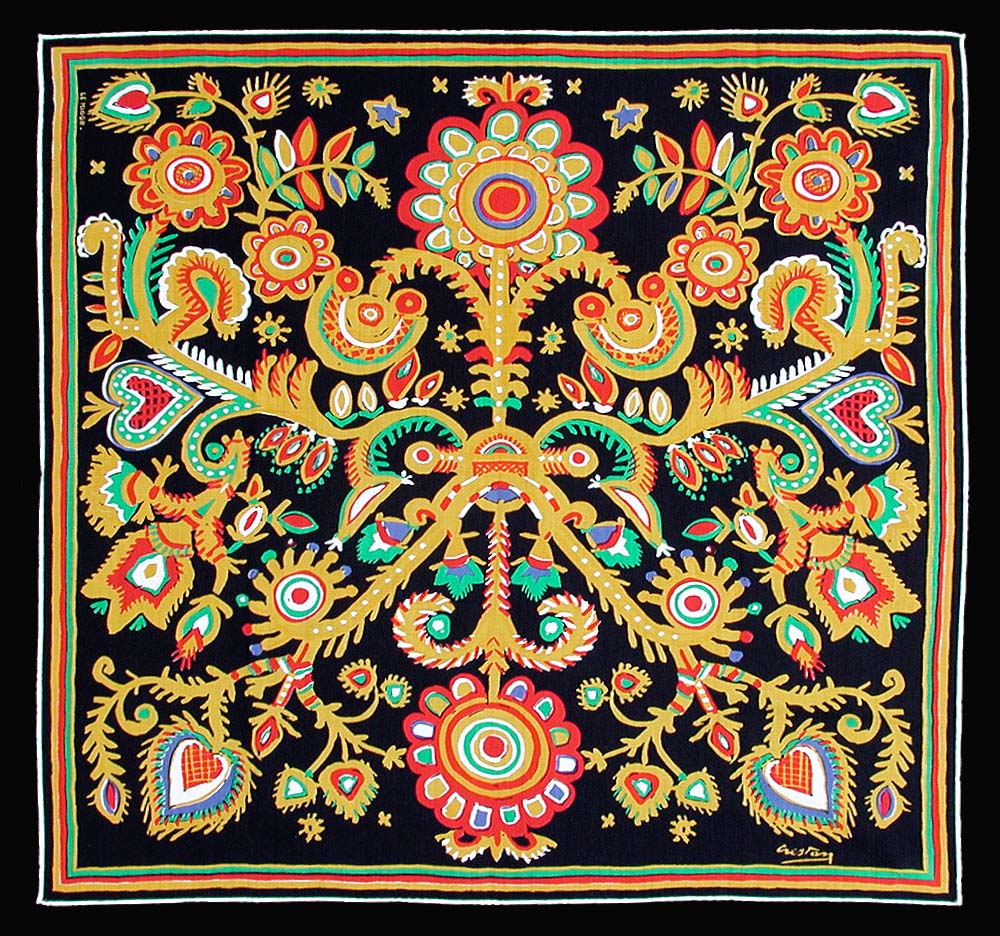
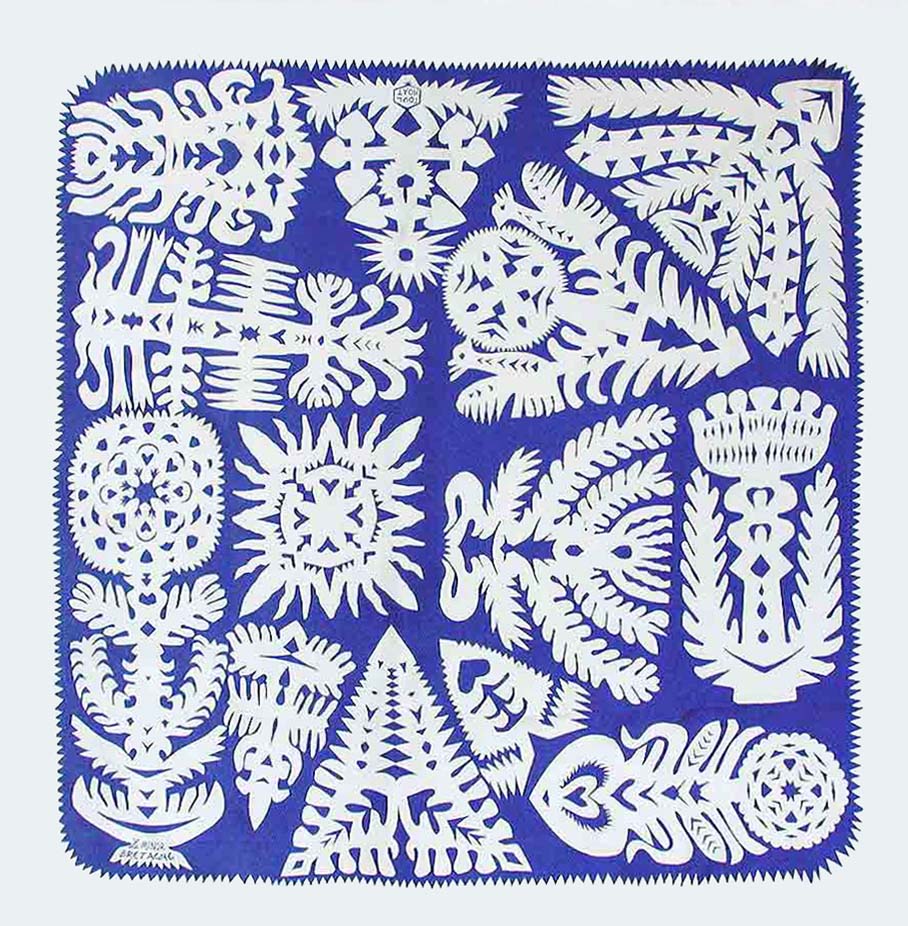
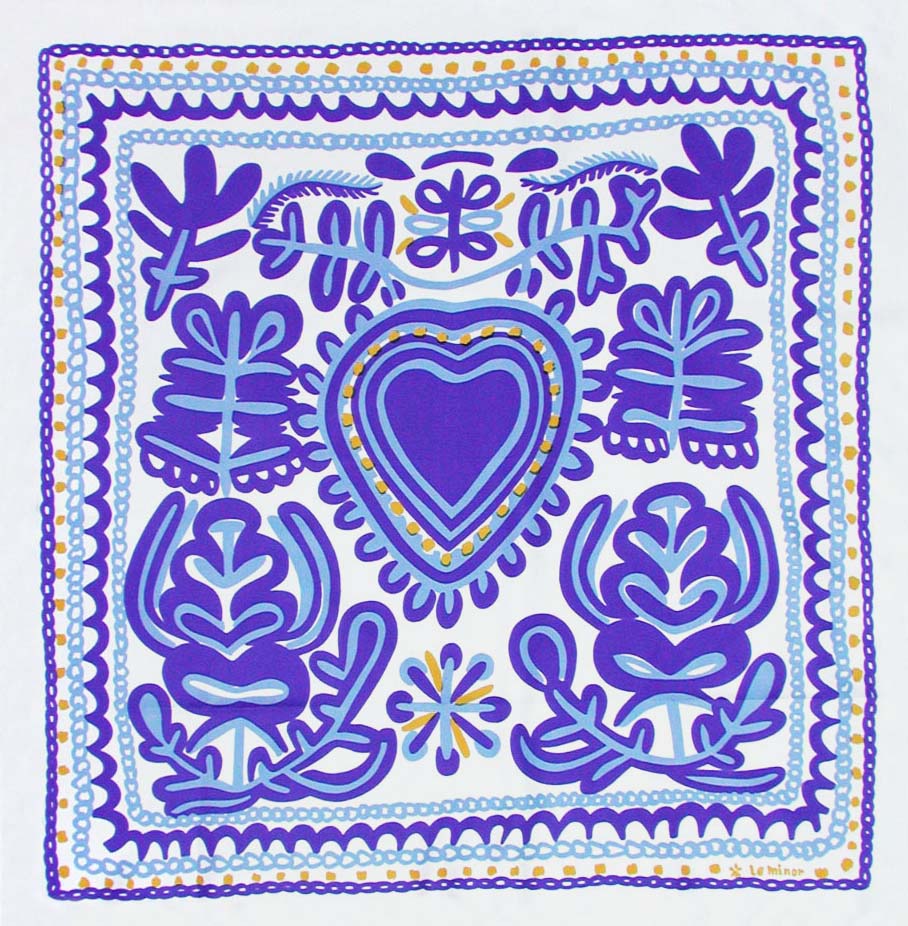
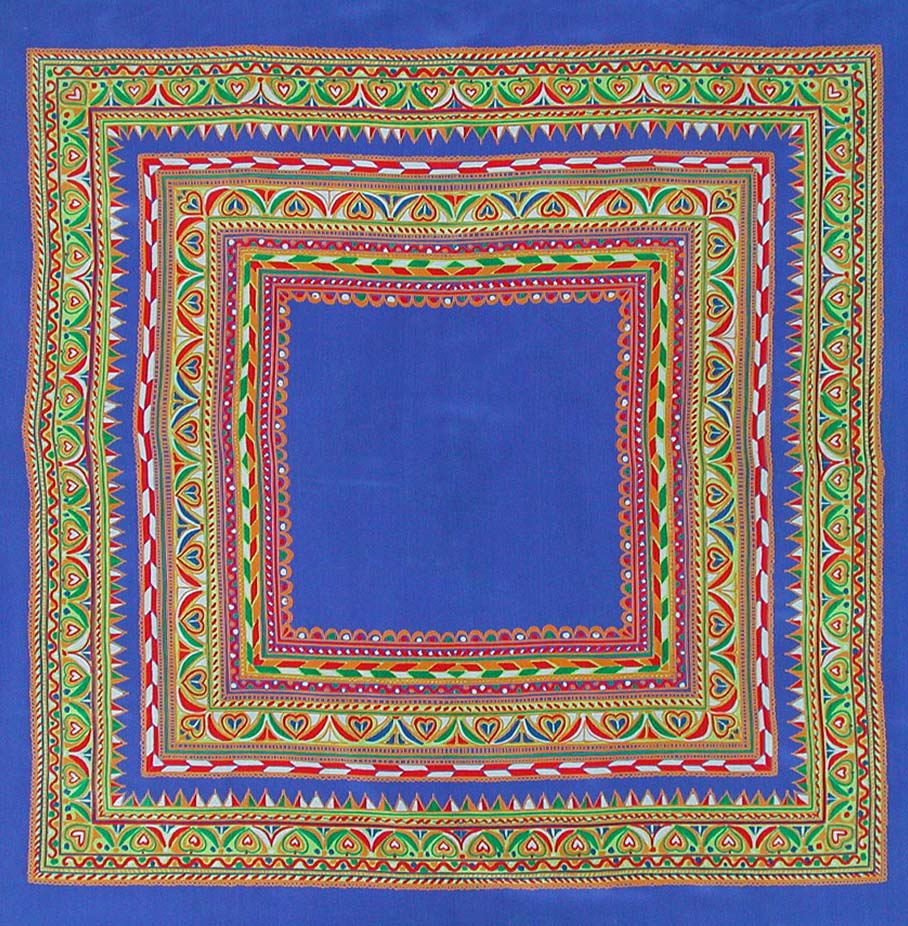
Toulhoat occupied pride of place in the revival of the art of embroidery, and especially in that of banners, whilst also entrusting the embroiderers of LE MINOR with the making of large decorative panels, of which probably the best known is one representing a cock-fight. A number of large-scale works were private commissions, often of monumental proportions. Such, for instance, is a Nativity for the Abbey of Landevennec, on the Crozon peninsula.
In addition to all these works, and techniques, Toulhoat is also a gold-smith who founded his own brand-name of jewellery in the 1950s. As a ceramic artist he would also become one of the pillars of the Maison Keraluc, creating a number of immense decorative panels that can be seen for instance in the Collège Briseux in Quimper, or in the head-quarters of the Conseil Régional of Brittany in Rennes, or again at the site of Ifremer in Locmaria-Plouzané.
A regular and prolific collaborator of the Maison LE MINOR - the ideal partner for show-casing his creative verve, at times lyrical or mythological, but always lush and abundant.And last but not least, he is responsible for the interior design of the LE MINOR boutique on the Quai Saint Laurent in Pont-L'Abbé.
His work, which is both timeless and knows no boundaries is one of the richest artistic resources of the Maison LE MINOR,and we are proud to produce and promote it.
See products by Pierre Toulhoat
Le poète Bernard de Paradès (1920-2000) rend un juste hommage à ce carré de soie dans un de ses poèmes resté célèbre :
"Penmarc'h, il est des couleurs chaudes et belles/des signes écrits par un vieux peuple/l'étoffe, à la magie de Bretagne/fleuri en extravagance de feuilles/et de pétales porte-bonheur.
Les chardons de la dune/se sont faits doux au toucher/et dans le vent de Penmarc'h/volent des coeurs par douzaines »
